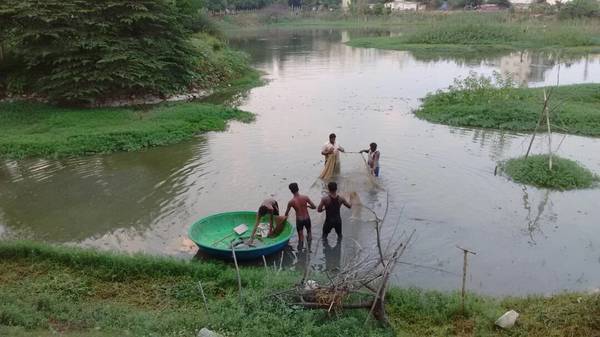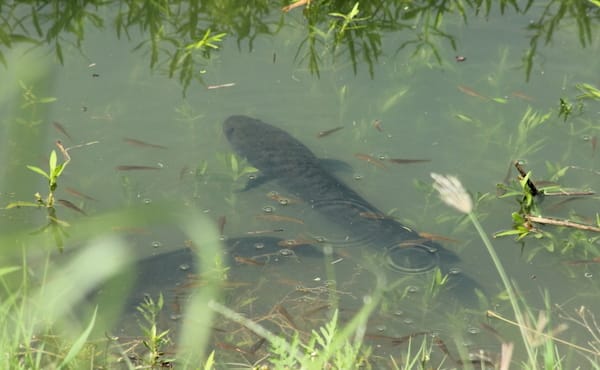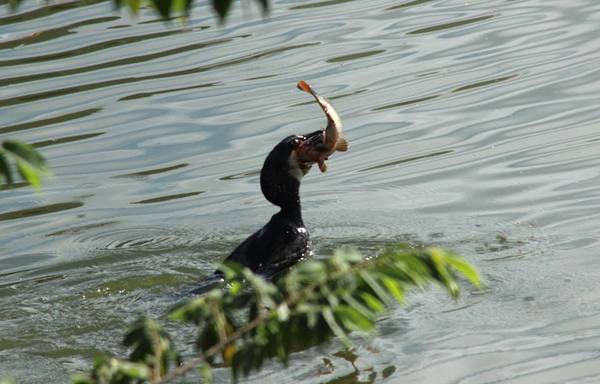A thriving Puttenahalli Lake full of water is a great sight. If there is one person happier than us at PNLIT, it must be Yellappa, the guy who got the fishing contract for our lake.

Yallappa and his people fishing. Pic: Usha Rajagopalan
About a year ago he had released fingerlings of several species such as the Indian Catla, Rohu, Mrigal and the Chinese Carp (Common, Silver and Grass). He also introduced Snakehead, called Varal locally which according to the Fisheries Department, is not grown much in our city. It is expensive and is a delicious fish.

Snakehead (varal). Pic: Usha Rajagopalan
The fish are growing very well and Yellappa has begun harvesting to sell in his shop. Each time he enters the lake with his net, a crowd gathers along the side to watch him and his team throw a net into the water and draw it in with a mix of fish in different sizes.

Silver Carp. Photo taken on 31 May 2017.. Pic: Usha Rajagopalan
A few days ago at about 8 am, when the place was crowded with morning walkers, children going to school and idlers, he got a whopper that made everyone drool. They had netted a Silver Carp, weighing over 5 kgs.

Interested onlookers. Pic: Usha Rajagopalan
Yellappa now prefers to fish at 2 am. The seasoned angler that he is, the dark does not faze him. He “knows” where the fish will be, catches them, throws the smaller ones back into the water and collects the rest in his baskets. No one is around at that time to drool over Yellappa’s catch. No one sees how many he gets and how big each fish is.

A young great cormorant with its catch, photo taken on 4 June 2017 Pic: Usha Rajagopalan
We don’t get any part of his collection, neither in catch nor in cash but as long as he ensures there’s enough fish for the birds we are happy.